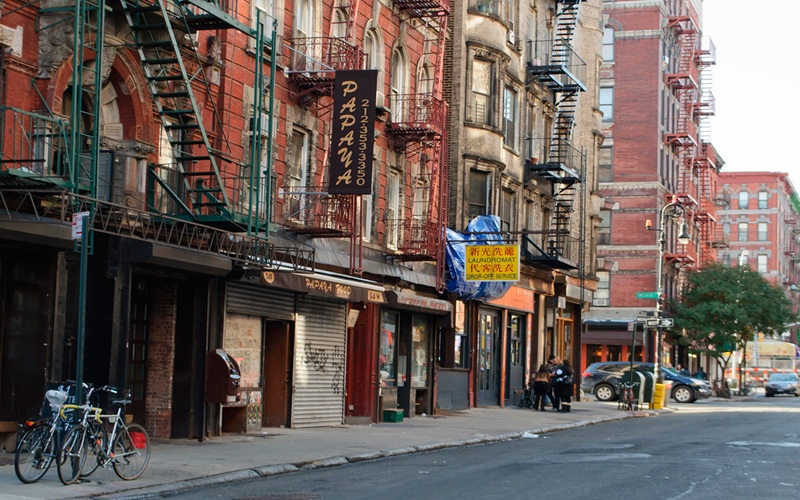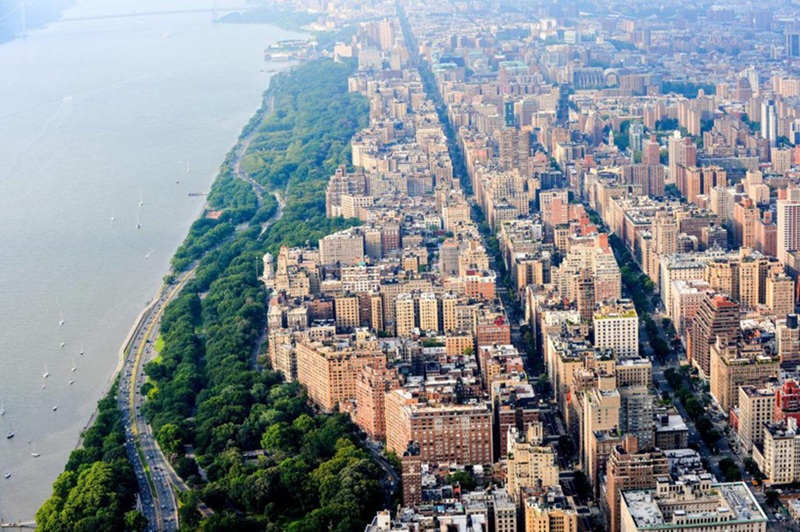
The Lower East Side (LES) of Manhattan is a vibrant and culturally rich neighborhood with a fascinating history. Known for its ever-evolving mix of old-world charm and modern flair, the LES has long been a center for immigration, artistic expression, and counterculture. Today, it remains one of New York City’s most dynamic areas, attracting locals and tourists alike with its diverse offerings of food, art, history, and nightlife.
A Brief History
The Lower East Side has a long history of being an immigrant neighborhood, beginning in the late 19th and early 20th centuries when large waves of immigrants, particularly from Eastern Europe, arrived in New York City. Many Jewish, Italian, Irish, and Polish families settled in the area, and the LES became known for its tenement housing, where people lived in crowded, often substandard conditions.
During this time, the neighborhood became a hub for new cultural movements. Jewish immigrants brought with them traditions of music, theater, and food, which heavily influenced the area’s character. The neighborhood also became a haven for political activism, and in the 20th century, it was home to the birth of various social movements, including labor rights and civil rights activism.
In the 1980s and 1990s, the LES began to gentrify. As artists moved into the neighborhood due to its affordable rent and proximity to Manhattan’s downtown cultural scene, a new wave of creativity flourished. Galleries, performance spaces, and trendy bars started to appear, making the LES a hotbed for both local and international artists.
Culture and Community
The Lower East Side is often characterized by its multicultural fabric. While the neighborhood has gentrified over the past few decades, traces of its immigrant past still linger. You can find traditional Jewish delis like Katz’s Delicatessen, which has been serving pastrami sandwiches since 1888, or the Essex Street Market, a public market featuring a variety of vendors selling fresh produce, meats, and international foods.
The LES also maintains a strong connection to its roots through its historic buildings and institutions. The Tenement Museum, for instance, offers visitors a glimpse into the lives of immigrants who lived in the neighborhood’s tenements, providing a deep dive into the social and cultural history of the area.
Street art and murals are another defining feature of the LES. The neighborhood is known for its vibrant street art scene, with walls and alleys adorned with works by both well-known and up-and-coming artists. The famous Bowery Wall, which has hosted murals by artists like Keith Haring, Shepard Fairey, and Barry McGee, is a testament to the neighborhood’s continued role in the global art world.
Food and Dining
The Lower East Side is a food lover’s paradise, offering everything from traditional Jewish comfort food to innovative new dining experiences. The area is home to some of New York’s best bagel shops, with establishments like Russ & Daughters (a Jewish deli that’s been around since 1914) offering iconic lox and bagel sandwiches.
In recent years, the LES has become known for its eclectic dining scene, with cutting-edge restaurants offering a variety of cuisines. Modern takes on classic dishes, like ramen bars and fusion eateries, have made their mark in the area. Popular spots like Mission Chinese Food, The Meatball Shop, and the trendy Japanese restaurant, Sake Bar Satsko, have helped elevate the neighborhood’s status as a foodie destination.
Moreover, the LES offers a range of international flavors, from Mexican tacos and falafel stands to Vietnamese pho and Korean BBQ. The diverse dining options mirror the area’s rich cultural history and provide a melting pot of culinary experiences.
Nightlife and Music
As the sun sets, the Lower East Side comes alive with an energetic nightlife scene. The neighborhood is home to many music venues, bars, and clubs, many of which have helped shape New York City’s music history. Live music enthusiasts can head to venues like the Mercury Lounge, a famed spot for indie rock bands, or the Bowery Ballroom, a historic venue that’s hosted acts like The Strokes and Norah Jones.
For those seeking a more laid-back vibe, LES has plenty of intimate cocktail bars, speakeasies, and dive bars. Locations like Please Don’t Tell (PDT) and Attaboy are well-known spots for craft cocktails, while the trendy bars on Orchard and Ludlow Streets cater to a younger crowd looking to enjoy a night out.
Shopping and Street Life
While the Lower East Side is known for its thriving arts scene, it’s also a great place for shopping. Independent boutiques and vintage stores abound, and many local designers have found a home in the area. The neighborhood’s shops reflect a mix of styles, from avant-garde fashion to antique furniture and quirky trinkets.
You’ll find the streets filled with a mix of locals, tourists, and street performers, creating an energy that’s uniquely New York. Whether you’re strolling through the bustling Essex Market or browsing the offerings on Orchard Street, the LES has a distinct vibrancy that feels both historic and contemporary.
The Lower East Side of Manhattan continues to be a dynamic and fascinating neighborhood that offers something for everyone. Its history as a working-class, immigrant enclave has shaped its cultural identity, and today, the LES is a blend of old and new, with a rich cultural heritage and a cutting-edge arts scene. Whether you’re visiting for the food, the art, the history, or the nightlife, the Lower East Side never fails to deliver an authentic, exciting New York experience.

